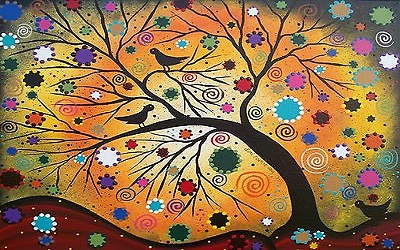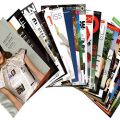PTE考生目前最大的问题之一就是练习题缺乏。除了有限的基本官方书(PLUS,Testbuilder, OG)之外,就没有题了。很多英语基础不是很扎实的同学很难找到练习材料。墨尔本文波雅思PTE培训学校专门为墨尔本,悉尼PTE考生准备了PTE练习的lecture 93篇。各位PTE同学可以练习阅读,练习记笔记技巧,可以练习复述,甚至可以练习describe image。废话少说,下面开始:
There’s an art exhibition here on campus which ties in well with the discussions we’re had about folk art. It’s an exhibition of wildlife art calendars from about a hundred years ago. Like most other folk art, the calendar pictures were not considered to be art in their own day. People just thought of them as a way of decorating a practical object. In fact, the calendar pictures were originally printed as advertising for various companies that made hunting or fishing products, like guns or fishing rods. The calendars were handed out free to customers to thank them for their business. Most people just hung the calendars on their walls where the pictures faded in the sun, and then tore the picture off the calendar as each month passed. As a result, collectors today place a lot of value on calendars that are complete and in good condition. Even though the people who used the calendars didn’t regard them as art, the original paintings the prints were made from were often of good quality. In fact, many famous wildlife painters created calendar art at some point in their lives. To them, it was a way of getting their work reproduced and shown around. One aspect of the exhibit that I find very interesting is the way these pictures reflect changing attitudes toward wildlife. The pictures in the exhibit often portray the thrill and adventure of hunting rather than any particular concern for wildlife preservation. But most of today’s wildlife art shows animals in their natural surroundings without any humans in the scene. This modern wildlife art appeals to large numbers of nature lovers, even those who oppose the practice of hunting.
【生词摘录】
1. rod: n. [C]杆
2. practice: n. [C]阴谋,欺诈或图谋的行为





